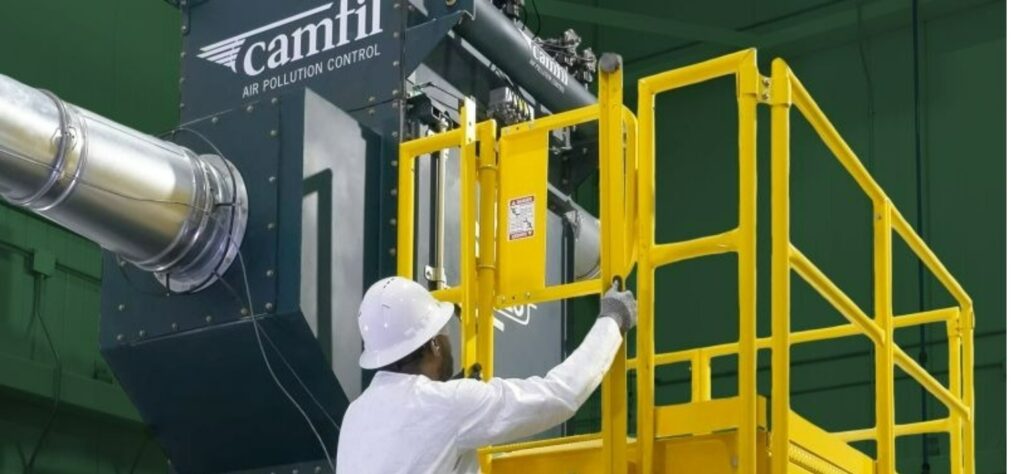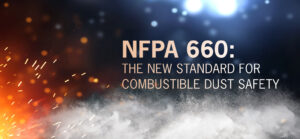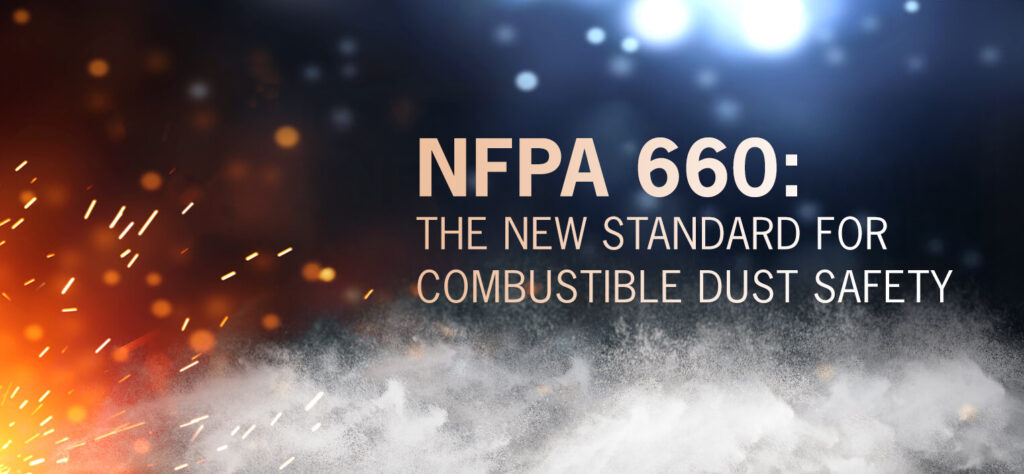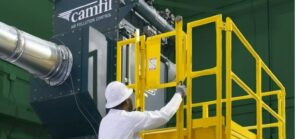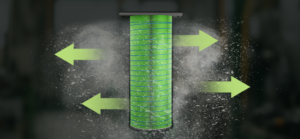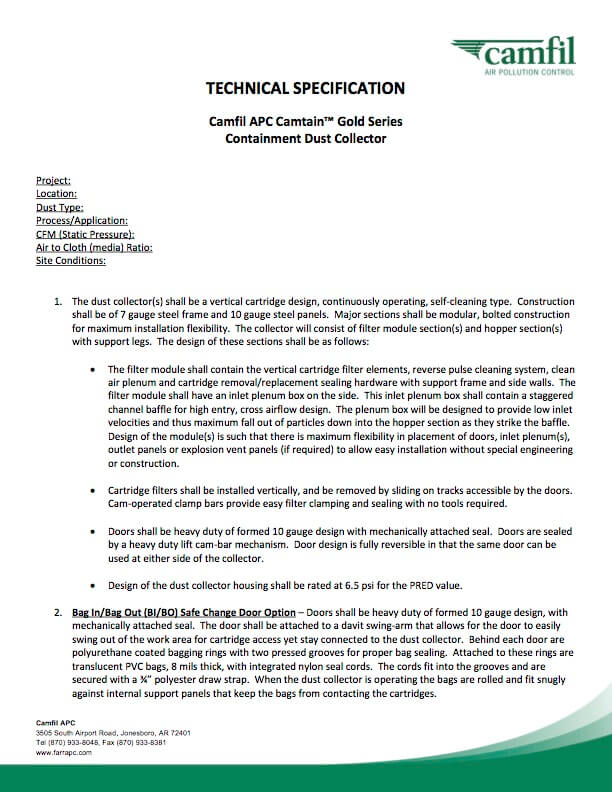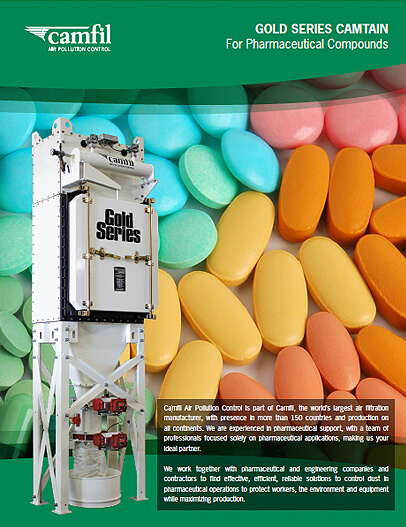Must Read
Combustible Dust
View all combustible dust articles
Understanding NFPA 660: The New Standard for Combustible Dust Safety
Understanding how EV lithium-ion battery production machinery operates—and the emissions it generates—is essential, particularly since much of this equipment is custom-built for the industry. By combining this knowledge with Camfil’s clean air solutions, manufacturers can evaluate compliance with health, safety and environmental standards.
Eliminating the Risk of Combustible Dust Explosions in Seed Conveying Operations
Camfil Air Pollution Control collaborated with a major auto parts manufacturer utilizing dust collectors to maintain healthy air in robotic weld cells.
Installing New vs. Retrofitting Old Dust Collectors: Avoiding Hidden Dangers and Costs
Camfil Air Pollution Control collaborated with a major auto parts manufacturer utilizing dust collectors to maintain healthy air in robotic weld cells.
Customer Service and a Customized Solution are Key Reasons Manufacturer Switched to Camfil Total Dust Collection Systems
Camfil Air Pollution Control collaborated with a major auto parts manufacturer utilizing dust collectors to maintain healthy air in robotic weld cells.
Dust Safety
View all dust safety articles
Pharmaceutical Dust Collection: Strategies for Oral Solid Dose Pharmaceutical Manufacturing
Learn how dust collection systems ensure safety, air quality, and compliance in pharmaceutical manufacturing of oral solid dose drugs.
Understanding NFPA 660: The New Standard for Combustible Dust Safety
Understanding how EV lithium-ion battery production machinery operates—and the emissions it generates—is essential, particularly since much of this equipment is custom-built for the industry. By combining this knowledge with Camfil’s clean air solutions, manufacturers can evaluate compliance with health, safety and environmental standards.
The Hidden Danger Inside EV Battery Plants: How Air Contamination is Slowing Down Production and Increasing Costs
Understanding how EV lithium-ion battery production machinery operates—and the emissions it generates—is essential, particularly since much of this equipment is custom-built for the industry. By combining this knowledge with Camfil’s clean air solutions, manufacturers can evaluate compliance with health, safety and environmental standards.
Eliminating the Risk of Combustible Dust Explosions in Seed Conveying Operations
Camfil Air Pollution Control collaborated with a major auto parts manufacturer utilizing dust collectors to maintain healthy air in robotic weld cells.
Factory Air Quality
View all factory air quality articles
Importance of Investing in a Dust Collector Maintenance Program
Learn why a structured industrial dust collector maintenance program is far more effective than reactive repairs.
Pharmaceutical Dust Collection: Strategies for Oral Solid Dose Pharmaceutical Manufacturing
Learn how dust collection systems ensure safety, air quality, and compliance in pharmaceutical manufacturing of oral solid dose drugs.
Understanding NFPA 660: The New Standard for Combustible Dust Safety
Understanding how EV lithium-ion battery production machinery operates—and the emissions it generates—is essential, particularly since much of this equipment is custom-built for the industry. By combining this knowledge with Camfil’s clean air solutions, manufacturers can evaluate compliance with health, safety and environmental standards.
The Hidden Danger Inside EV Battery Plants: How Air Contamination is Slowing Down Production and Increasing Costs
Understanding how EV lithium-ion battery production machinery operates—and the emissions it generates—is essential, particularly since much of this equipment is custom-built for the industry. By combining this knowledge with Camfil’s clean air solutions, manufacturers can evaluate compliance with health, safety and environmental standards.
Filter Cartridges
View all filter cartridges articles
The Importance of Pulse Cleaning for Dust Collection Systems
Dust collectors typically contain multiple filters that capture the dust and other airborne particles as the airflow circulates through. Periodic pulse cleaning maintains the efficiency of the filters for the highest indoor air quality.
ASHRAE Standard 52.2 vs. ISO 16890 for Rating Dust Collector Filter Efficiency
Ensuring high indoor air quality (IAQ) in manufacturing and processing facilities is crucial for safeguarding the health and wellbeing of employees. Poor IAQ can cause symptoms such as headaches, fatigue, and eye irritation, and has also been linked to serious conditions like asthma and cancer. Research has shown that indoor air quality often falls below that of the outdoors. There...
How Air-To-Cloth Ratio and Filter Media Affect Dust Collector Efficiency
Managing industrial dust generated across various manufacturing processes is a pressing concern for many industries due to its implications for the environment, health, productivity and safety. The release of tiny particles into the air occurs during activities like drilling, pelletizing, die-cutting, sanding, blending, crushing, mixing and grinding. Key industries are wood, metal, chemical, food, pharmaceutical, construction, paper and packaging. Dust...
What You May Not Know About Dust Collector Filter Monitoring
This blog post is about dust collector filter monitoring, an IoT technology that is now being implemented more widely. The purpose of this technology is to save money on energy costs and consumables by running dust collectors more efficiently. Remote filter monitoring can give production engineers, facility managers, and other plant personnel confidence that the dust collector is doing its...
 Americas
Americas 